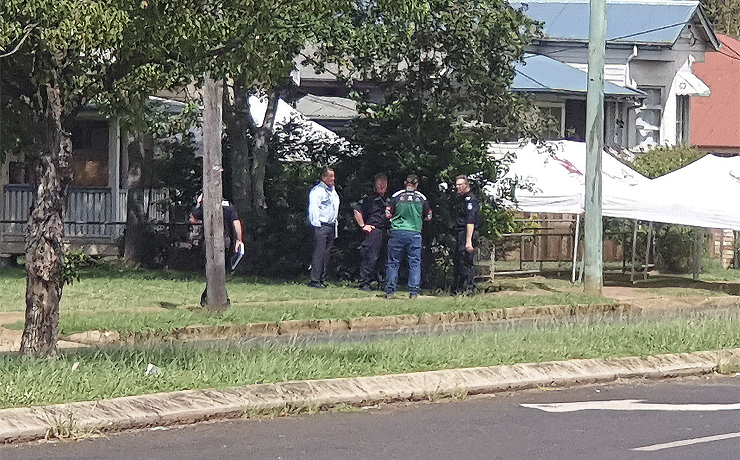
September 25, 2019
Research being carried out in Queensland and NSW has the potential to shake up many long-held assumptions by farmers about the benefits of growing legumes.
The trials are “mythbusting” a long-held belief that growing legumes bolsters soil fertility and reduces the need for the addition of costly nitrogen before the next crop is sown.
Legumes are commonly grown as part of a crop rotation system in the belief they will add nitrogen to the soil.
However, research undertaken at six regional sites, stretching from central Queensland to central west NSW and the eastern Darling Downs, has cast doubt on this long-held belief.
Trial crops showed that the legumes tested had a higher nitrogen “export” (ie. nitrogen in the crop) which offset their potential for nitrogen fixation in the soil (ie. the nitrogen left behind after the crop).
DAF principal development extension officer Jane Gentry compared the nutrient inputs of different farming systems as part of a five-year northern farming systems project.
The project compared a baseline farming system against systems that used different variables, including increasing the frequency of legumes in the rotation and increasing nutrient inputs via nitrogen and phosphorus fertilisers.
The research also measured the effect the inclusion of more legumes in a rotation had on removing potassium from the soil.
The trials involved chickpeas, fababeans and field peas.
It is not known if the findings translate to peanuts or the pulse crops commonly grown in the South Burnett.
A Grains Research and Development Corporation (GRDC) spokesperson said so far peanuts and soybeans have not been included in the GRDC farming systems research, so there was no data available about them in relation to the nitrogen findings or potential crop sequence/rotation impacts.
“However, there may be opportunities in the near future to include both crops in similar research projects,” the spokesperson said.
The five-year project is being funded by the GRDC and has been undertaken in collaboration with the Department of Agriculture and Fisheries, CSIRO and the NSW Department of Primary Industries.
- External link: GRDC update paper























